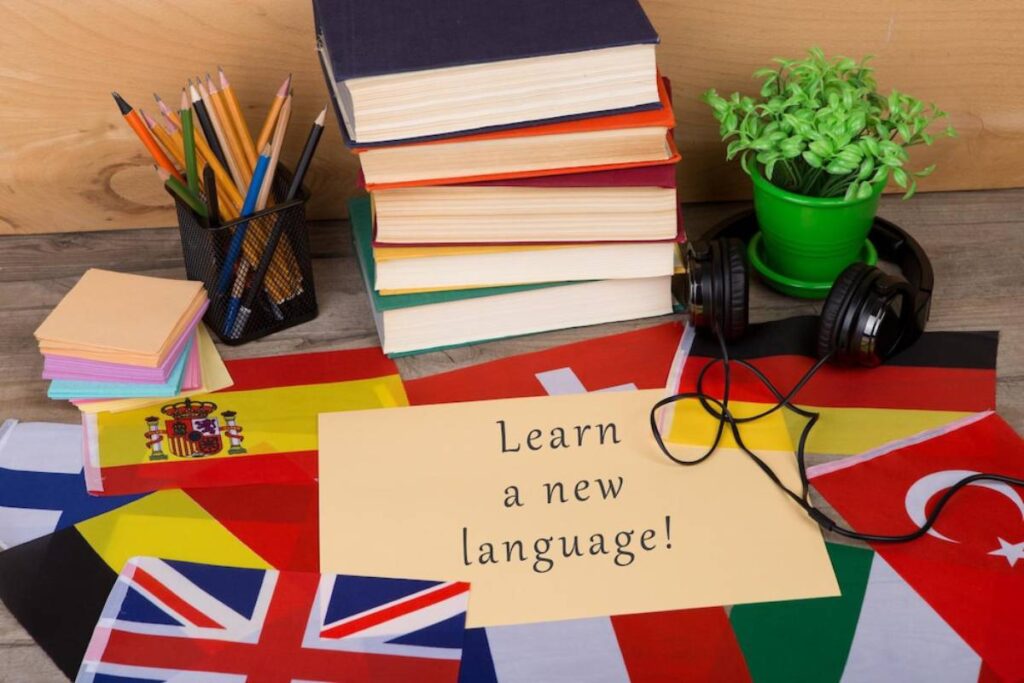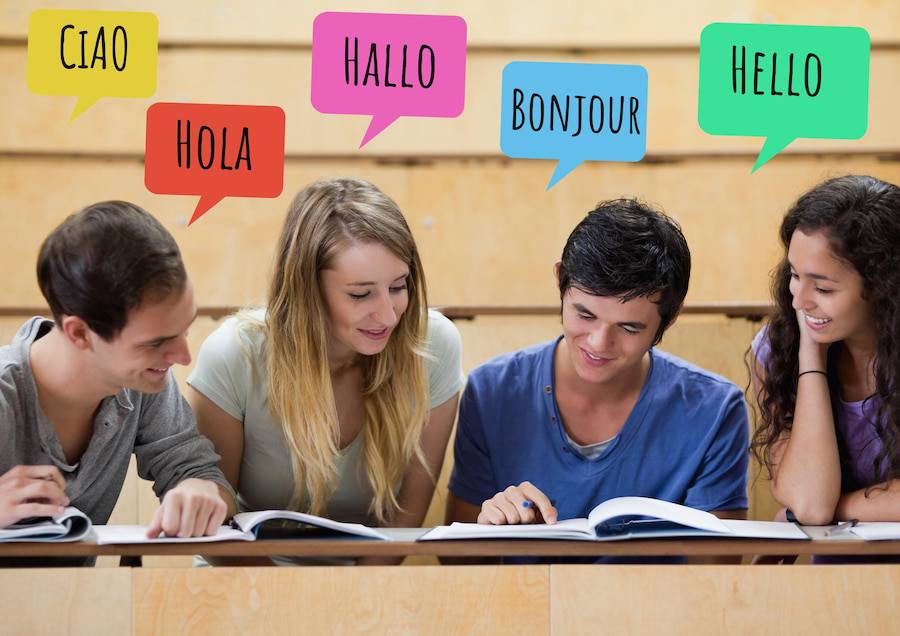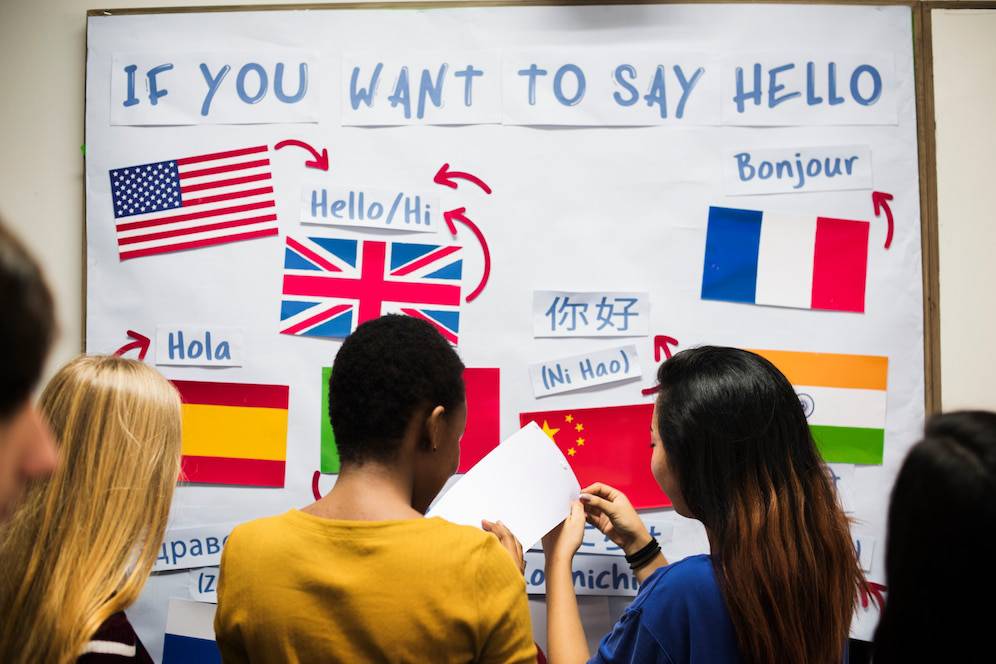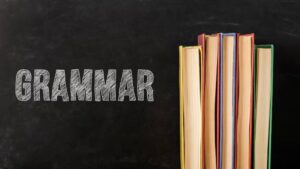The Education Blog

How to Choose the Perfect Language for Fast Learning
You want to learn a new language, but where do you begin?
With over 7,000 languages in the world, choosing one can feel overwhelming. Whether you’re preparing for travel, work, or personal growth, starting with the best language to learn fast can boost your confidence and keep your momentum going.
The truth is, not all languages are created equal in terms of ease. The right choice can make your first 30 days more fun, more successful, and far less frustrating.
In this guide, you’ll learn how to pick a language that suits your goals, lifestyle, and learning pace using practical language selection tips and insights from experts.
Why Language Choice Matters for Fast Learning
Your motivation matters—but so does strategy.
Some languages are simply easier to pick up, especially if they share similarities with your native tongue. Others might require more time and dedication. Making the right choice from the beginning means:
- You’ll see results faster.
- You’ll avoid burnout.
- You’ll stay motivated long enough to build a habit.
For example, a native English speaker will typically learn Spanish or Dutch more quickly than Arabic or Japanese.
Pro tip: Learning your first second language is the hardest. Make it easier by choosing a fast, rewarding win.
Quick Checklist: Choosing the Right Language to Learn Fast
Before committing to a language, consider:
- Familiarity: Does it share roots, grammar, or vocabulary with your native language?
- Motivation: Do you have a personal, professional, or travel-related reason to learn it?
- Resources: Are there apps, books, courses, and native speakers available?
- Pronunciation: Is it phonetic? Are the sounds easy to recognise and repeat?
- Grammar: Does it follow rules you already know, or are they completely new?
- Usefulness: Will you use this language often in your real life?
- Culture fit: Are you excited by the culture, media, or people tied to the language?
Important: Choosing a language you enjoy will make fast progress feel like fun—not work.
Step-by-Step Guide: How to Choose the Perfect Language for Fast Learning

1. Start with Your “Why”
Ask yourself:
- Why do I want to learn a language right now?
- Do I have a specific trip, job, or life event coming up?
If you’re learning to travel, focus on high-utility languages like Spanish, French, or Portuguese. If you’re growing your career, think about Mandarin, German, or Japanese. If it’s personal growth, choose a language that excites you.
Your reason gives you purpose—and purpose powers persistence.
2. Look at Language Difficulty (Based on Your Native Tongue)
The Foreign Service Institute (FSI) ranks languages by learning difficulty for English speakers.
Easiest (Category I):
- Spanish
- Italian
- Dutch
- Norwegian
- French
Harder (Category IV–V):
- Russian
- Arabic
- Korean
- Japanese
- Mandarin
Easier languages share the Latin alphabet, simpler grammar, and more familiar sounds. This means faster wins early on—ideal for momentum-building.
3. Match the Language to Your Lifestyle
If you work full-time and only have 15 minutes a day, a complex, grammar-heavy language may slow you down.
Instead, choose:
- Phonetic languages (you read what you see): e.g. Spanish, Finnish.
- Languages with strong learning communities and mobile resources: e.g. Duolingo, HelloTalk, Memrise.
Want to learn through movies and music? Pick languages with tons of accessible content—like French, Korean, or Japanese.
For more ideas, check out 7 Hacks to Learn a Language in Record Time.
4. Test Drive Before You Commit
Spend one week sampling a language.
Use a free app or YouTube series to:
- Learn the alphabet or key phrases.
- Try writing a few sentences.
- Watch a children’s show or listen to a short podcast.
Ask yourself:
- Did I enjoy this?
- Did the language feel natural or frustrating?
- Can I see myself using it regularly?
If it clicks, that’s a green light to go deeper.
5. Evaluate the Tools and Resources Available
Some languages have more learning tools than others.
Check:
- Does Duolingo or Babbel offer a complete course?
- Are there free video lessons or grammar breakdowns?
- Can you find native speakers online for language exchanges?
If a language has little support, your pace may slow—even if the grammar is “easy.”
Make sure you can learn it on the go, too. Busy learners benefit from podcasts, flashcard apps, and immersion tools.
6. Think in Terms of “Fast Fluency,” Not Full Mastery
Set a simple milestone: “I want to be able to introduce myself, order food, and ask for directions in 30 days.”
This changes how you choose a language.
Languages with:
- Simple sentence structures
- Regular grammar rules
- Familiar vocabulary
…are more likely to get you to functional fluency fast.
Examples:
- Spanish: phonetic, high-frequency verbs, present-tense speaking early on.
- Dutch: grammar overlaps with English.
- Swahili: no verb conjugations based on subject.
7. Tap Into Personal Joy and Curiosity
The fastest learners are the most curious. You’ll learn faster when the language ties into something you already love.
Love K-dramas? Try Korean. Obsessed with salsa music? Go for Spanish. Enjoy anime? Japanese might be fun, even if it takes longer.
Language is culture. Picking a culture you care about makes practice feel like play.
Best Practices & Additional Insights

- Practice listening daily: Even in the background, it builds your ear.
- Celebrate micro-wins: First conversation? First sentence without a mistake? Celebrate it.
- Stick to one language at a time: Multitasking slows you down.
- Use real-world media. Music, Netflix, and podcasts make it fun and immersive.
- Don’t compare yourself: Your journey is your own.
You can also review How to Create a 90-Day Language Learning Plan if you want to structure your next steps after choosing your language.
FAQs
1. What’s the easiest language to learn for English speakers?
Spanish, Dutch, and Norwegian are among the easiest due to grammar, vocabulary overlap, and pronunciation.
2. Can I become fluent in a language in 3 months?
You can reach basic conversational fluency with focused, daily effort, especially with a simple language.
3. Is it better to pick a “useful” language or one I love?
Pick the one you’ll stick with. A useful language won’t help if you quit early.
4. Do I need to travel to learn a language quickly?
No. With today’s apps, videos, and language exchanges, immersion is possible from home.
Your Language, Your Journey: Start with the Right Fit
Choosing your first or next language is a personal decision. It should be shaped by your goals, curiosity, and the time you can give.
The best language to learn fast is the one that excites you, suits your routine, and keeps you coming back for more. With the right tools and mindset, fast progress is within reach.
Download our free Language Selection Workbook and find your perfect language match today.









